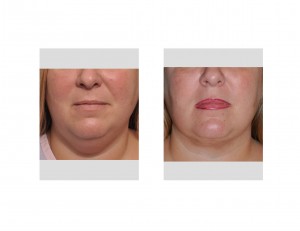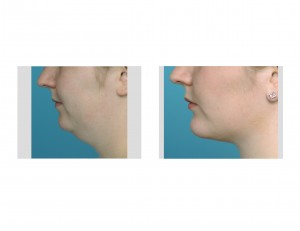There are many signs of aging and most look to the face to see them. But the neck is one of the first areas above the shoulders to show it (second only to the eyes) but is often only recognized as aging much later. When it comes to neck aging, there are three issues that are bothersome, too much fat or fullness, loose skin and neck bands or cords. Aging causes the last two but a fuller neck can occur even in a younger patient who has otherwise not even started to age yet.

As a stand alone procedure, liposuction of the neck is best done on younger patients (less than 50 years old) who still have reasonably good skin tone. It does not work well for those that have loose skin or any significant amount of neck (platysmal) banding. The fat that is removed will be permanent unless one undergoes significant weight gain, making it an effective procedure. But not all fat cells are removed, since this is an impossibility, so fat regrowth is possible but only under extreme circumstances.

The procedure can be done under local anesthesia as a stand alone operation although many patients opt for a little IV sedation for optimal comfort and amnesia of the actual experience. While immediate changes in the neck are seen by the surgeon at the procedure’s conclusion, it takes time for patients to ultimately see the same. The swelling and bruising that ensues obscures the results and requires complete resolution to see what the surgeon initially saw. Some refer to this aesthetic recovery as ongoing neck tightening but that is a rather glorious way to describe it. Rather it will be lumps, irregularities and firmness that is felt and these temporary problems can initially be disturbing. It takes a full four to six weeks to have a near full recovery from neck liposuction and to be in the benefits phase of the procedure.
Much is made of the different liposuction technologies, most of them claiming superiority of results and recovery. While every liposuction technology has their own unique merits, the small area of the neck obscures any real benefits that they may have to offer. Small cannula traditional liposuction, done through a small incision under the chin and possibly behind the earlobes, offers good and predictable results.

While liposuction is a good neck contouring procedure, it is not a permanent one. As time passes and one ages, the neck skin will eventually loosen and bands will eventually appear. These neck changes will require further corrective surgery. How long a neck liposuction will last depends at what age it was done.
Dr. Barry Eppley
Indianapolis, Indiana


